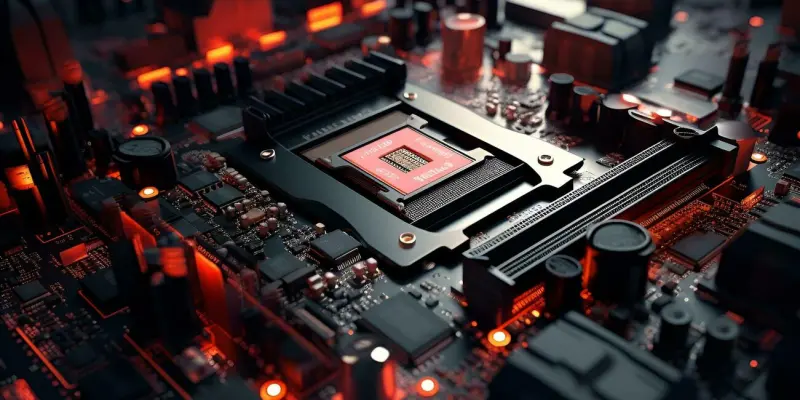In recent years, Advanced Micro Devices (AMD) has made significant strides in the server central processing unit (CPU) market, challenging Intel’s long-established dominance. Armed with its innovative EPYC processors, AMD quickly moved from having virtually no presence in servers to securing an influential position. This rapid ascent has been powered by the EPYC “Naples” series, which introduced the groundbreaking Zen architecture to the server platform. This design decision not only transformed AMD’s product offerings but also encouraged widespread industry adoption, marking a pivotal shift in market dynamics. Despite Intel’s historical stronghold, AMD’s exceptional market penetration by 2025 has positioned it as a formidable competitor. The company’s prowess in AI and data center segments further amplifies its competitive edge, as Intel grapples with leadership changes and other obstacles, setting the stage for a possible shift in dominance.
AMD’s Strategic Advances
AMD’s remarkable progress in the server CPU market has been largely attributed to its strategic focus on the development and enhancement of its EPYC processors. The introduction of the Zen architecture breathed new life into AMD’s hardware capabilities, propelling them into the spotlight. As AMD continued to innovate, its market share climbed steadily, reaching 39.4% in early 2025. This growth trajectory has not only been facilitated by the strength of AMD’s processor lineup but also by Intel’s unforeseen struggles to keep pace. Failures to meet industry expectations and frequent leadership shifts contributed to perceptions of instability within Intel, encouraging industry players to give AMD more extensive consideration. The increasing interest in AMD’s offerings can be seen as a response to this weakened competitive stance by Intel, further propelling AMD’s upward momentum in the server domain.
Market Dynamics and Future Prospects
Currently, AMD’s positioning in the server market speaks volumes about its effective strategies and capability to exploit Intel’s weaknesses. Once the dominant player in server CPUs, Intel now faces a fiercely competitive arena. AMD’s ascent highlights a period where innovation and adaptability are vital for industry success. Approaching a market share close to 50%, AMD demonstrates a challenge to Intel, with the potential for surpassing it eventually. This rivalry suggests growth possibilities for AMD and a balanced playing field in the server arena. This shift indicates a pivotal moment where the scales could tip in favor of either, depending on which company better leverages industry trends, technological progress, and customer demands moving forward.
Reflecting on AMD’s journey in the server CPU sector reveals its potential to disrupt established markets. The dynamic between AMD and Intel has been driven by AMD’s innovative strategies and Intel’s efforts to regain stature. As both giants compete for prominence, observers will closely watch which adapts best to the swiftly evolving tech landscape, shaping their future narratives.

